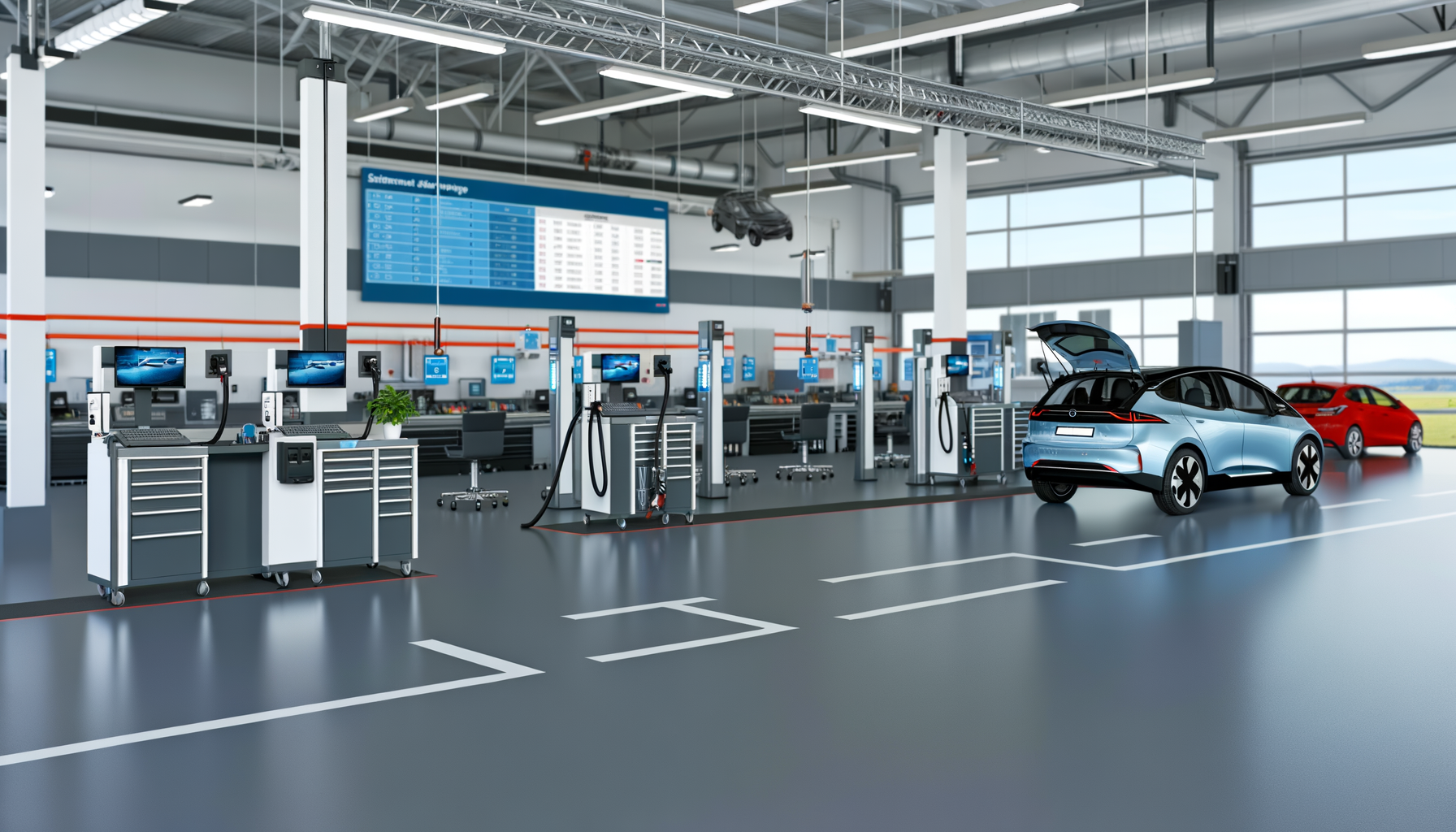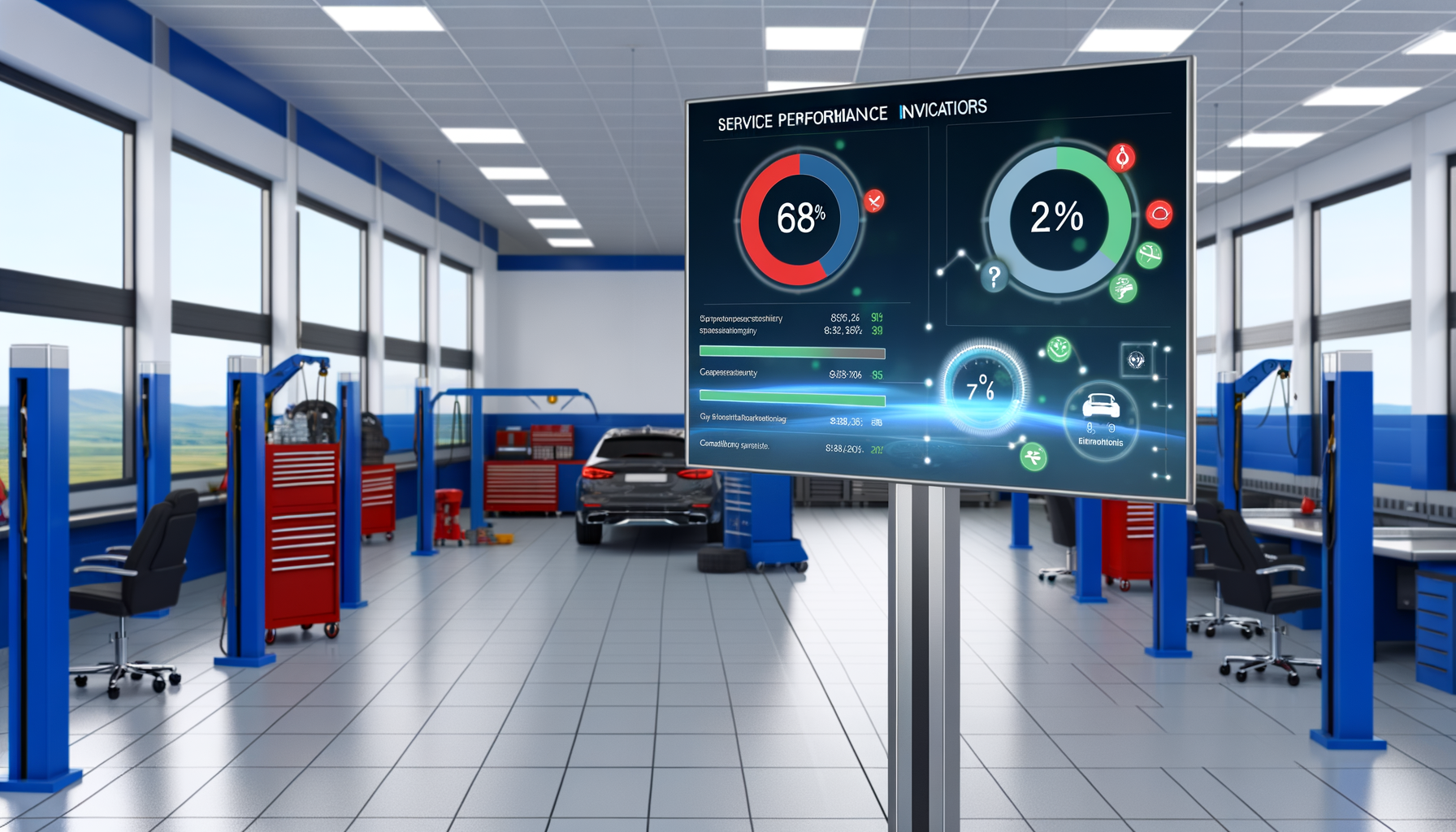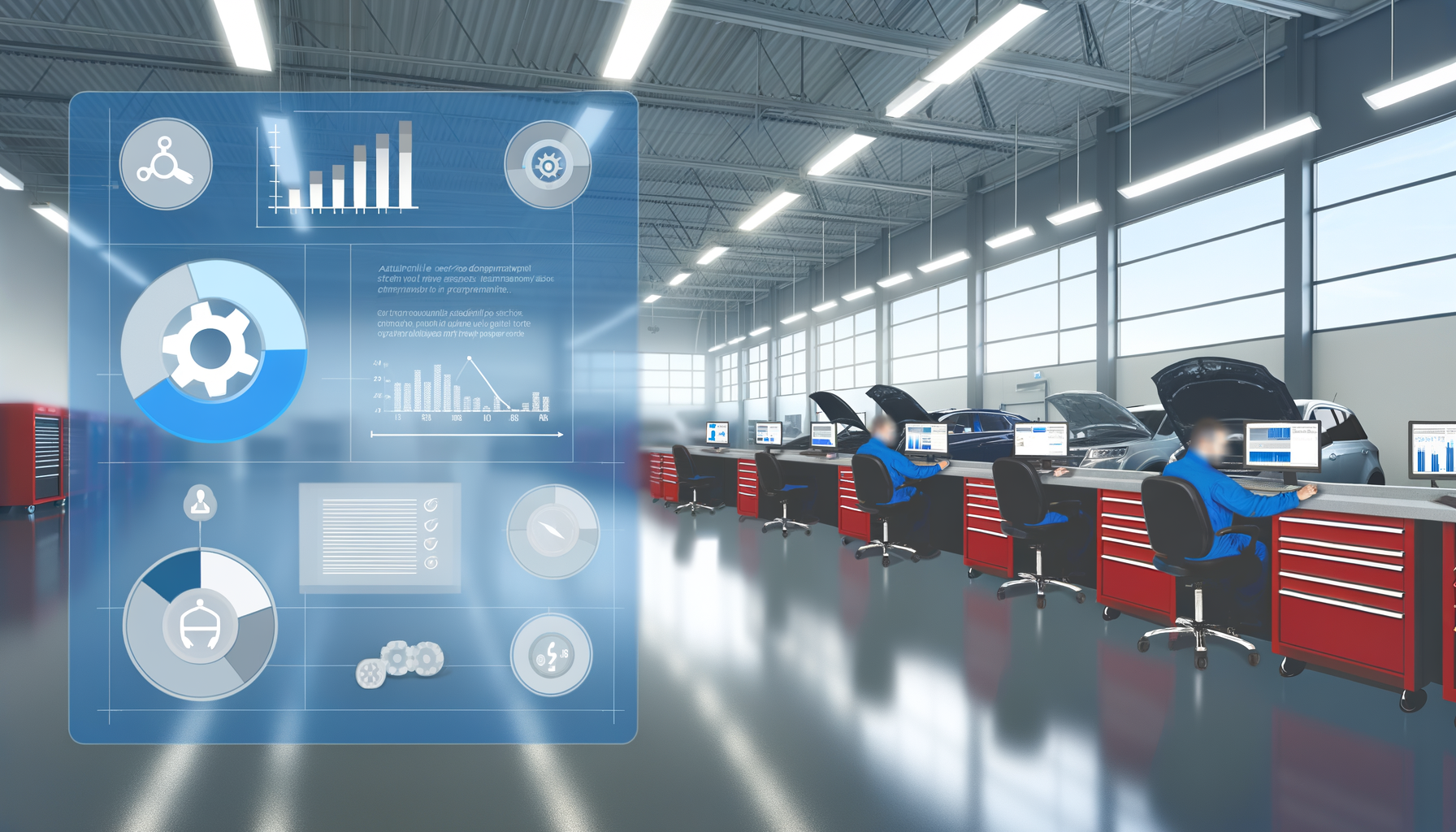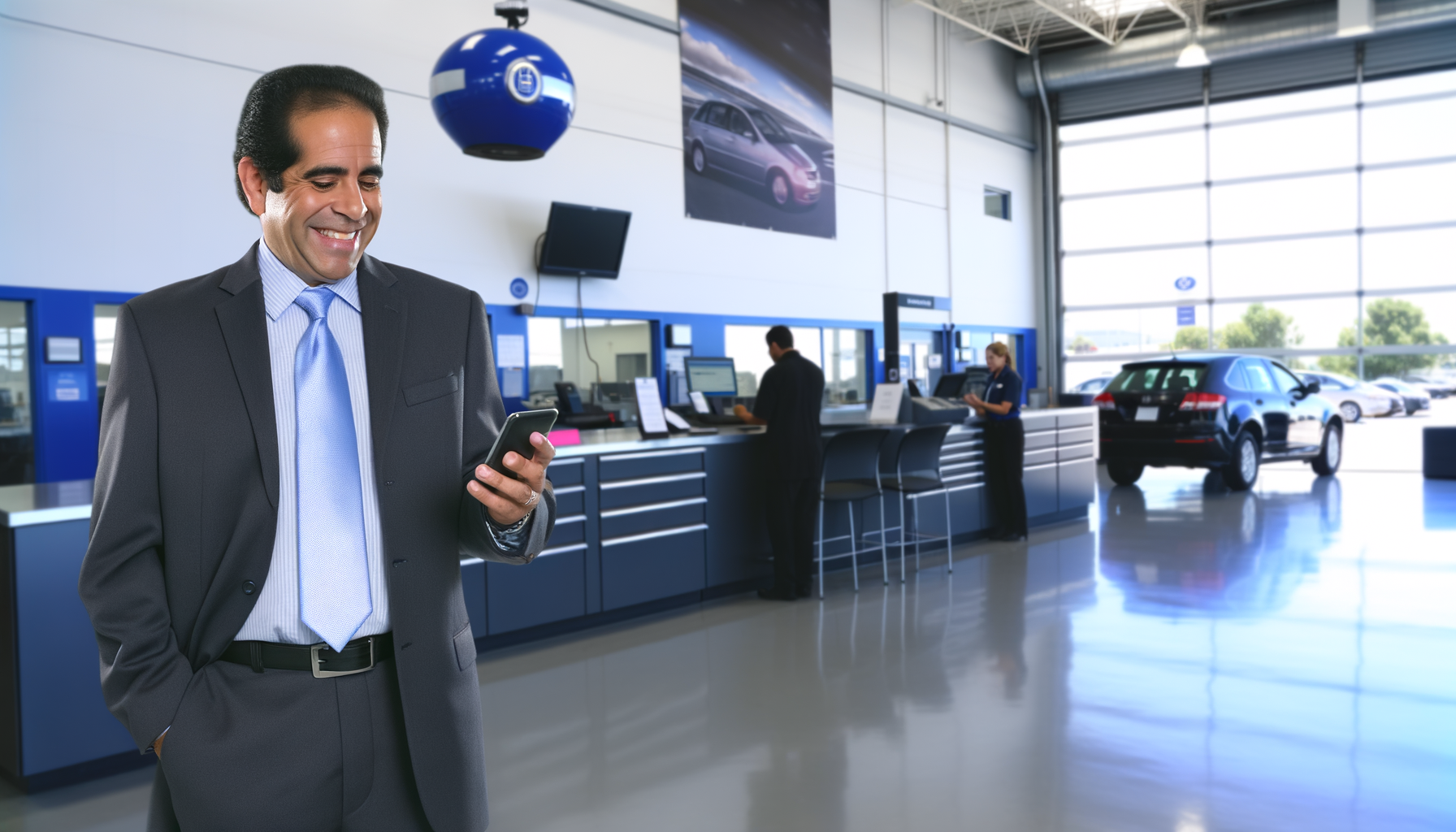Revving Up Revenue: The Surprising Role of Seasonal Promotions in Service Profitability

Introduction to Service Department Profitability

The automotive service department is the engine of profitability for dealerships. Yet, in 2025, the dynamics are shifting with the rise of electric vehicles (EVs), digital customer interactions, and increasing technology integration.
Recent studies indicate a 15% increase in EV-related repairs, highlighting the need for service departments to adapt quickly. Moreover, 68% of customers now prefer digital service scheduling, pushing for enhanced technological capabilities.
To maximize profitability, dealerships must embrace data-driven decision-making, leverage technology, and continuously adapt to industry changes.
Leveraging Analytics for Strategic Decision-Making

Service departments can no longer rely solely on intuition for decision-making. By harnessing analytics, managers can uncover insights into customer behavior, service trends, and operational efficiencies.
For instance, using predictive analytics can help anticipate parts shortages, minimizing downtime and improving service turnaround times.
Implementing a robust analytics system involves setting clear KPIs, such as average repair time and technician productivity, and using software solutions like Auto Pro Solutions to track these metrics in real-time.
Optimizing Workflow Efficiency

Efficient workflows are crucial for maintaining profitability. By optimizing service processes, dealerships can increase throughput, reduce waste, and enhance customer satisfaction.
One practical approach is implementing lean management principles to identify and eliminate non-value-added activities.
Step-by-step, service managers should map current processes, identify bottlenecks, and apply continuous improvement techniques, leveraging tools such as workflow management software to facilitate these changes.
Enhancing Customer Experience and Satisfaction

Customer satisfaction is directly linked to profitability. Happy customers are more likely to return and recommend the service to others, driving revenue.
Recent data shows that transparent communication and timely updates are key drivers of satisfaction. Service departments should implement automated messaging systems to keep customers informed throughout the service process.
Investing in customer feedback systems can also provide valuable insights into areas for improvement, creating a cycle of continuous enhancement.
Adopting Technology for Growth

With technology evolving rapidly, service departments must keep pace to remain competitive. This involves integrating advanced tools that streamline operations and improve customer interactions.
Emerging technologies such as augmented reality (AR) for repairs and blockchain for service records are becoming viable options for forward-thinking dealerships.
To integrate new technologies effectively, start by assessing current capabilities, setting clear objectives, and investing in scalable solutions that align with long-term goals.
Staff Training and Retention Strategies

Staff turnover is a significant issue impacting service department profitability. High turnover rates disrupt operations and increase costs associated with hiring and training new employees.
A focus on continuous training and professional development can improve job satisfaction and retention. Offering training in new automotive technologies and customer service can empower staff and align them with dealership goals.
Consider implementing mentorship programs and providing clear career progression paths to foster a committed, high-performing team.
Related Topics
Ready to take your service department to the next level?
Schedule your demo today and experience the power of Auto Pro Solutions.
Schedule Demo